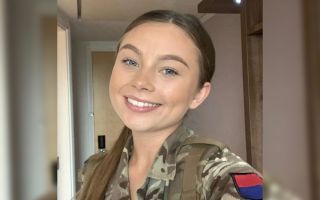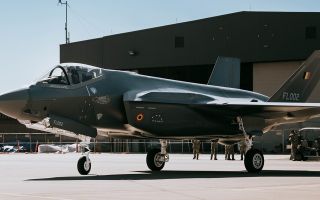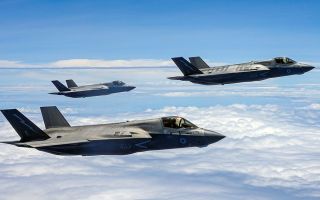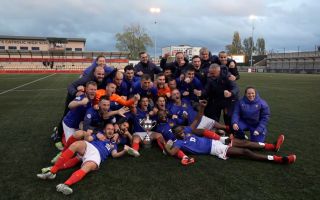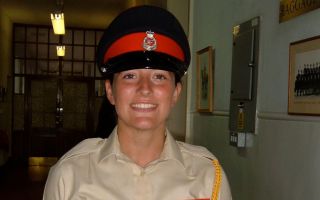The trailblazing women who revolutionized military technology
Women in science have not only been historically underrepresented but actively repressed.
Before 1965, the proportion of female inventors in all fields was 2-3%. This isn’t surprising since top universities such as Oxford had official quotas to limit the number of female students until as recently as 1957.
According to the United Nations data, less than 30% of scientific researchers worldwide are women.
- Marching forward: First women to pass out at Sandhurst back on parade square
- 'Pioneering' Wrens compare stories with personnel on visit to RNAS Yeovilton
- First female soldier to pass P Company course: 'I hope I've shown other female soldiers it's achievable'
It will take time for the historic gender imbalance in STEM (science, technology, engineering and mathematics) industries to be addressed. It is estimated that at the current rate gender parity in patent applications won’t be reached until 2070.
According to Oxford University Press stereotypes, gender bias, and the education climate in STEM subjects are preventing women from gaining the same level of success that they have experienced in the humanities, business and law.
In recent years, efforts have been made to encourage more women to get into STEM. In the UK a number of organisations have been set up such as The WISE Campaign (Women into Science, Engineering and Construction) and the UKRC (The UK Resource Centre for Women in SET) to ensure that women are supported in the industry, as well as in education and academia.
A YouGov survey of almost 3,000 people found that almost half could not name a single famous woman scientist.
Despite the difficulties women have faced, some of the most significant inventions for the military have been pioneered by women.
Here are five of these women in science to take note of:
Grace Murray Hopper
One of the most influential figures in computer science in the 20th century, Grace graduated with a PhD from Yale in 1934.
Along with Howard Aiken, she designed Harvard's Mark I computer, a five-ton room-sized machine that is the forefather to the smartphone ‘computer’ we carry in our pockets.
Also, a brilliant educator, Grace wanted computer science to be accessible to as many people as possible, so she invented COBOL, one of the first modern programming languages.
Based on the English language rather than mathematical symbols, COBOL became the standardised business computer language still used to date.
The bombing of Pearl Harbor spurred Hopper to join the US Navy.
She was initially rejected because of her diminutive size. Not giving up, Hopper took a leave of absence from being an associate professor at Vassar College and joined the US Navy Reserve in December 1943.
When, in 1966, Hopper had to retire from the US Navy as a commander due to age restrictions, she said it was "the saddest day of my life."
However, the US Navy couldn’t survive without Grace for long, so seven months later she was recalled for active service.
Her help was needed to standardise the US Navy's multiple computer languages at a time when increasing operations in Southeast Asia were stretching the Navy'’s capabilities to capacity.
At 79, she was the oldest officer on active US naval duty when she retired again in 1986.
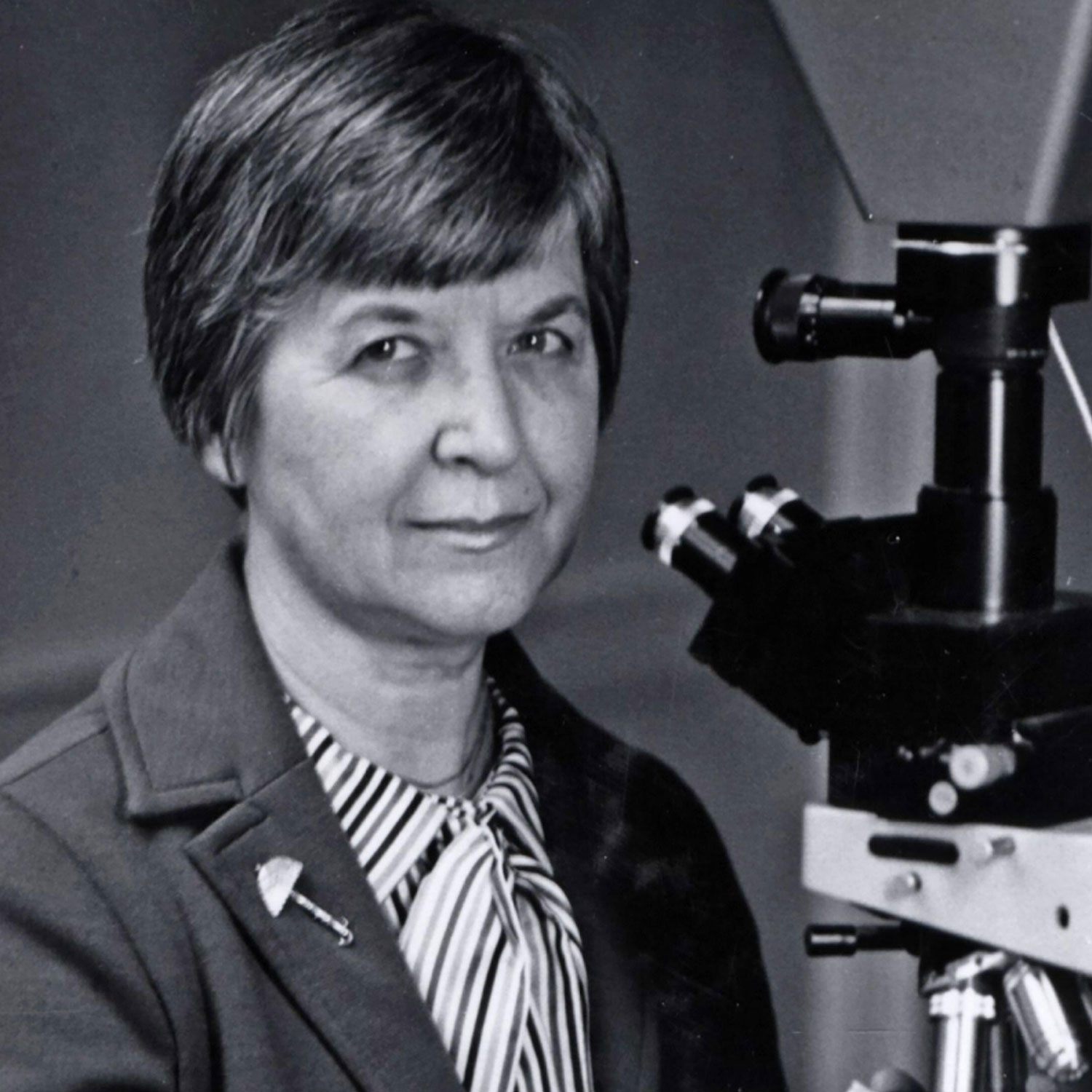
Stephanie Kwolek
Stephanie Kwolek invented Kevlar, a virtually bulletproof fibre used in everything from tyres to bridges to fibre-optic cables and hockey sticks.
The invention revolutionised the defence industry, saving thousands of policemen’s lives since it was introduced to bulletproof vests in 1975.
A significant invention for the military, the vests have been further reinforced with ceramic plates to withstand rifle fire.
Military helmets lined with Kevlar are less vulnerable to shrapnel, making them invaluable kit in a war zone.
In the 1960s, there were hardly any women in the industrial chemistry field.
The chemist spent 15 years at DuPont without a single promotion before she invented Kevlar.
Ellen Kullman, the Chief Executive of DuPont, called Kwolek "a true pioneer for women in science."
On the day of Ms Kwolek's death, the company announced that the one-millionth vest made with Kevlar technology had been sold.
The company had made billions from the lifesaving technology, pioneered by Kwolek.
However, the inventor herself had not gained financially from her invention.
Hedy Lamarr
The invention of WiFi, GPS and Bluetooth can be traced back to the frequency-hopping communication system that Hedy Lamarr pioneered during the Second World War.
The system could guide torpedoes without being detected and played an integral part in the Allied victory.
Born in Vienna in 1914 to a well-to-do Jewish Family, Lamarr's father nurtured his daughter's genius by guiding her through the inner workings of different machines.
By the age of five, Hedy was taking apart and reassembling her music box to see how the machinery operated.
Hedy Lamarr once said, "improving things comes naturally to me."
The actor also created an upgraded stoplight and a tablet that dissolved in water to make a Coca Cola-like drink.
However, her most influential invention was for the military.
Hedy was also a successful movie star, best known for classics such as Samson and Delilah and White Cargo.
The 'bombshell’s' inventive genius was overlooked, while she went on to accumulate impressive IMDB credits until 1958, her contribution to science and technology wasn’t recognised until her later years.
Lamarr died in 2000 at the age of 86.
She was inducted into the National Inventors Hall of Fame for the development of her frequency-hopping technology in 2014 and is now getting the recognition she deserves as the "mother of WiFi" and not just "the most beautiful woman in films" as she was known in the 1940s.
Joan Curran
Like far too many female scientists, Joan Curran doesn’t get nearly as much recognition as perhaps she deserves.
The Welsh-born Cambridge graduate* invented radar chaff which saved countless Allied bomber crew lives during the Second World War.
She also developed the proximity fuse and played an important role in the development of the atomic bomb.
Radar chaff can hide the true number of aircraft in the air. It can make it appear that there are more planes in the area, appearing as a cluster of targets on radar, making it seem like a major attack.
The technology is used by most military aircraft and warships as self-defence.
An important part of D-Day that is often overlooked is the use of radio chaff on 5 June 1944 to prevent German forces from knowing exactly where the Allied invasion on Normany would take place.
Two radar chaff drops, Operation Taxable and Glimmer, combined with hundreds of dummy parachutists drew German attention to Northern France and away from the beaches of Normandy where the real invasion was taking place.
After the war, Joan had a glimmering career in military-related science, having worked on the Manhattan Project in the US.
However, unlike her male counterparts, there aren't many interviews with her which makes it easy to overlook her substantial contribution to not only the world of science but also Allied victory in the Second World War.
*Joan completed all her PhD coursework and was hired by the University to carry on her research but was never officially handed a degree because women weren't allowed one in 1934. Women were first admitted to Girton College in 1869 but it was not until 1948 that they were awarded degrees.
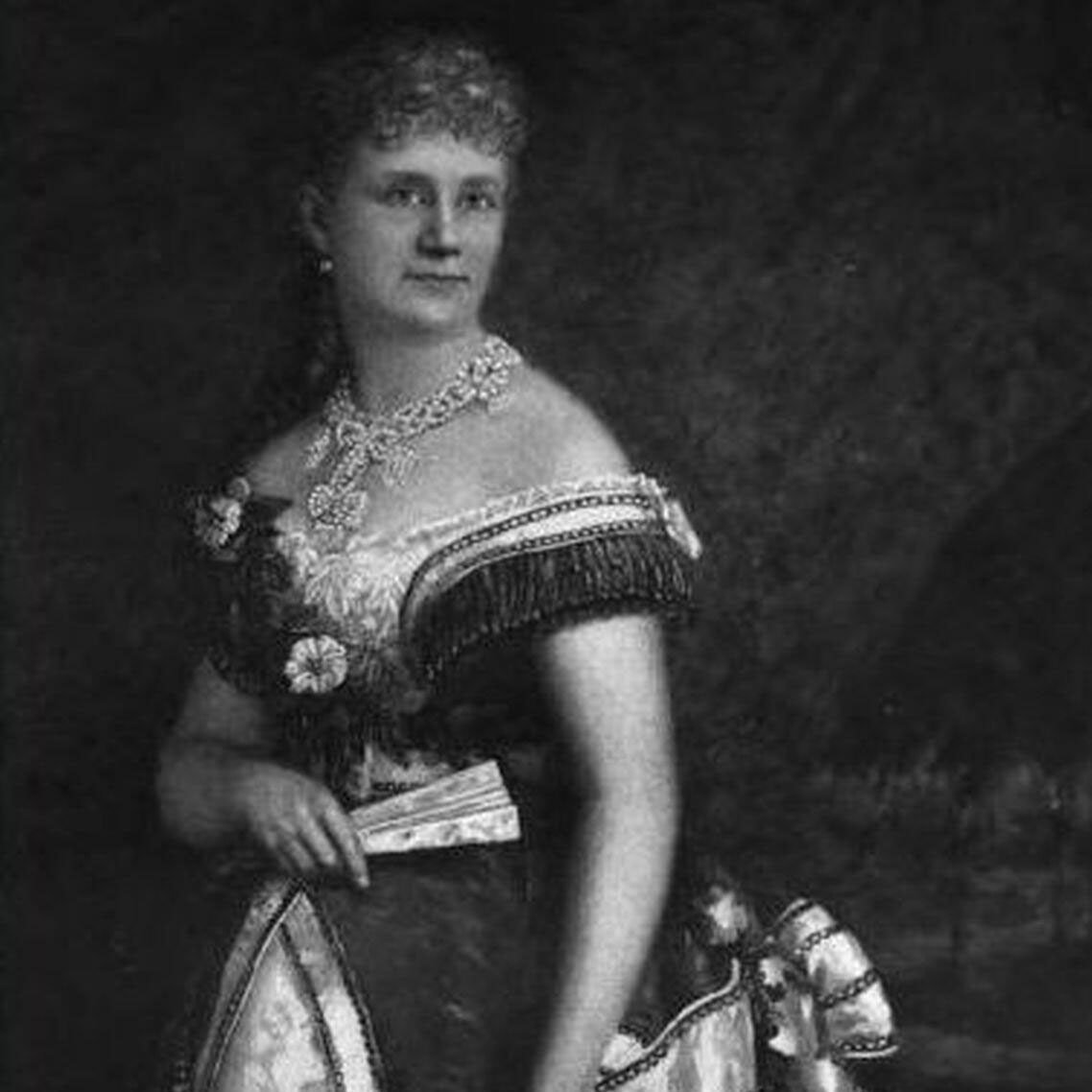
Martha Coston
Martha Coston invented the Marine Signal Flare. Before this SOS technology, communication between ships was limited to flags, shouting and lanterns which weren't very effective methods of communication in the dark night in the middle of choppy seas.
Mrs Coston had discovered rough early sketches of the flare in her deceased husband's notebooks.
The businesswoman was granted a US Patent for 'a pyrotechnic night signal and code system' in 1859.
Despite having spent 10 years developing the flare, Martha was labelled as the administratrix in the patent, while her husband Benjamin Coston was given the credit of inventor.
Exactly 100 years after her death, Martha was inducted into the National Inventors Hall of Fame.
Mrs Coston travelled to Europe where she obtained patents in England, France, Italy, Denmark, Sweden and the Netherlands.
She worked hard on marketing her invention in Europe until she returned to the US on the outbreak of the Civil War.
She petitioned Congress to purchase the patent to use the flares in the war.
The flares proved to be an invaluable asset in the Union Army's war effort, for example, helping the army discover and capture the Confederate blockade runners during the Union blockade of southern ports.
Martha fought for 10 years to get proper compensation for her invention.
Due to wartime inflation, the company supplied flares to the US Navy at less than cost.
Coston estimated that she was owed $120,000 by the government. She was only offered $15,000 as reimbursement.
Eventually, every station of the US Life Saving Service was equipped with Coston flares and the Coston company was in business until 1985 despite having been extremely short-changed by the government during the Civil War.

